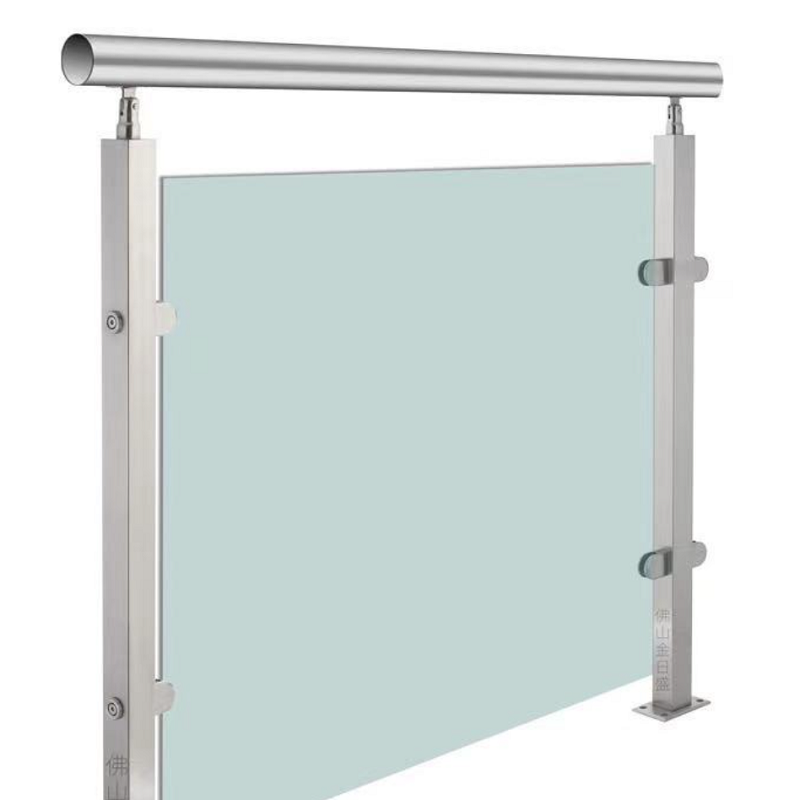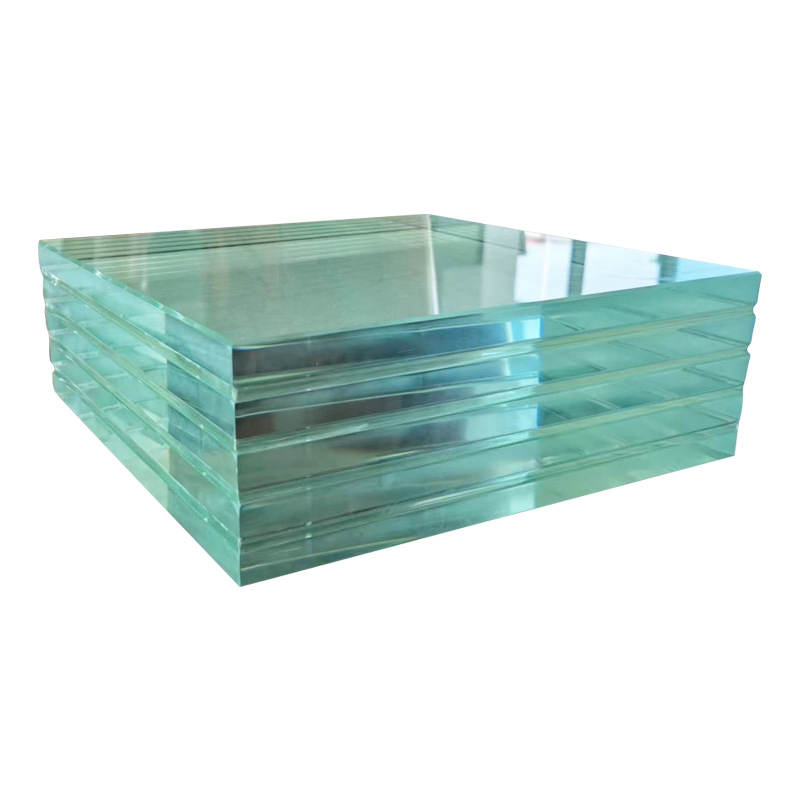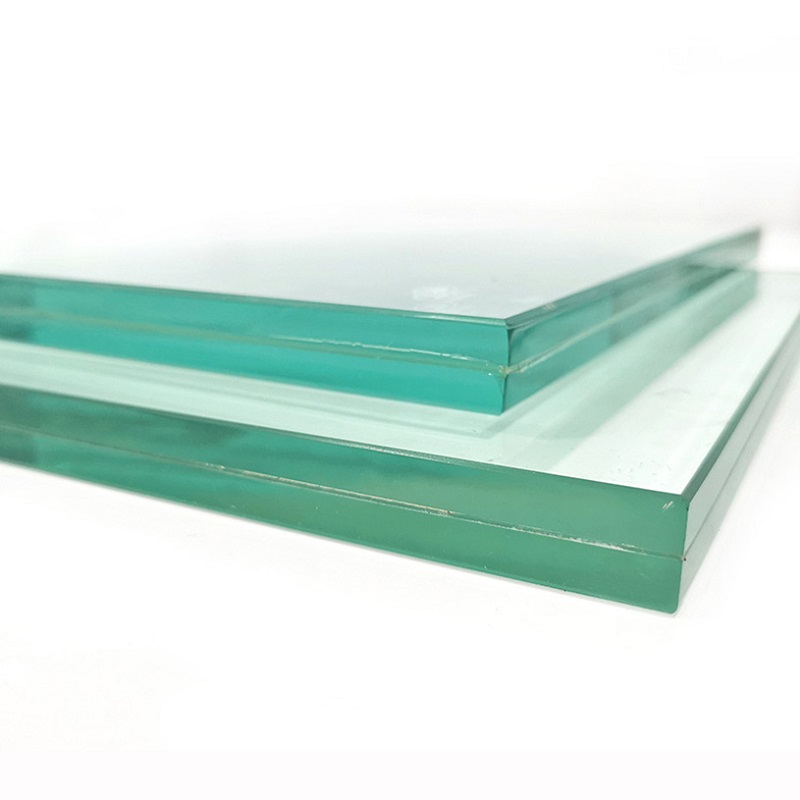Patterned Glass: The Timeless Hazy Aesthetics Reblooming in Modern Spaces
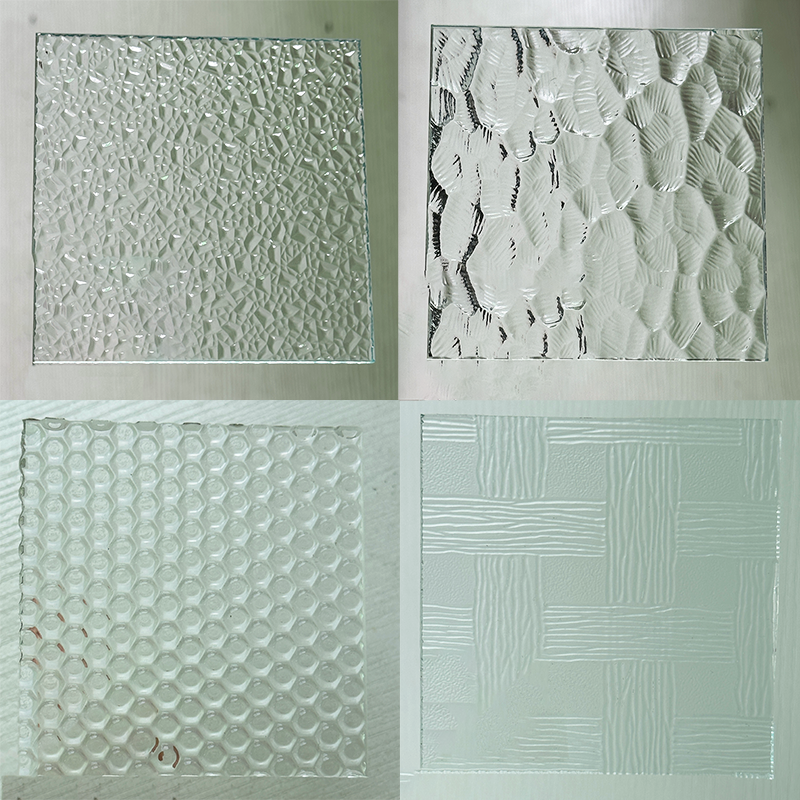
In the trend of modern architecture that pursues ultimate transparency and openness, a material with a retro charm and unique character is quietly making a comeback, emerging as a new favorite among designers in an unprecedented way—it is patterned glass. Once widely used in old-fashioned doors, windows, and partitions, patterned glass has now shed its "outdated" label and is shining brightly in residential, commercial, and even artistic fields, thanks to its irreplaceable aesthetic value and practical functionality.
1. What is Patterned Glass? An Art of Sculpting Light and Shadow
Before exploring its advantages, we must first understand the essence of patterned glass.
Definition and Process: Patterned glass, also known as figured glass or rolled glass, refers to flat glass that is imprinted with various concave and convex patterns on one or both sides using patterned rollers before the glass hardens. This process gives it the fundamental characteristic of being light-transmissive but not transparent.
Rich Texture Options: From classic patterns like flower motifs, water ripples, and diamond patterns, to more modern options such as fluted glass (vertical stripes), grid patterns, and frosted abstract designs, the texture library of patterned glass is extremely rich, capable of meeting the decorative needs of various styles from retro and rustic to minimalist and industrial.
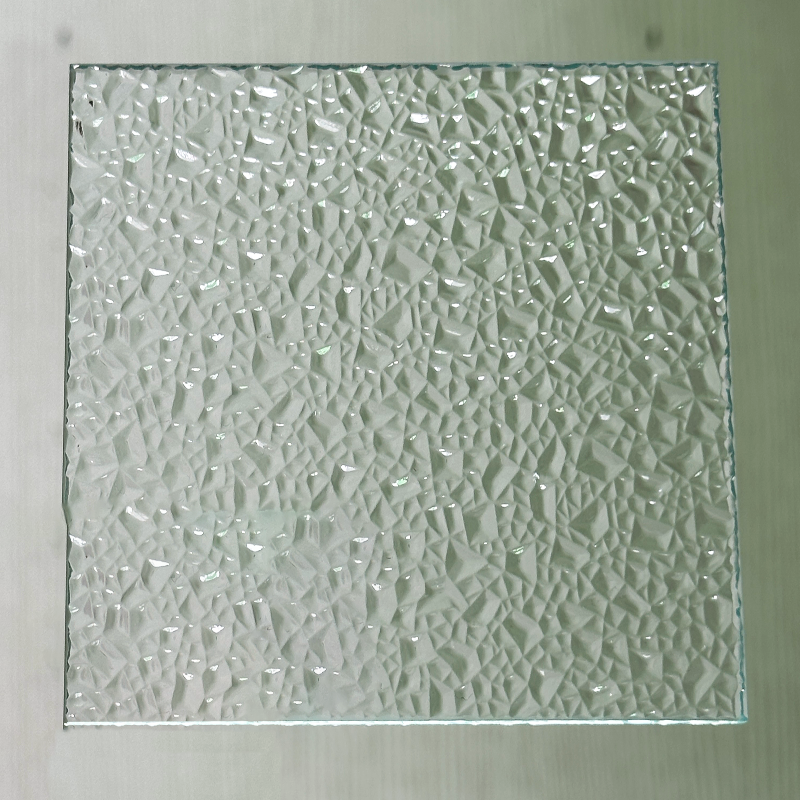
2. The Core Advantages of Patterned Glass: Why Does It Endure?
The resurgence of patterned glass is no coincidence; it is the result of its inherent advantages aligning perfectly with contemporary lifestyle concepts.
1. Ultimate Privacy Protection and Soft Light Effect
This is the most core and irreplaceable advantage of patterned glass. Unlike completely transparent clear glass or entirely opaque solid walls, patterned glass strikes a perfect balance between privacy and lighting.
Light-Transmissive but Not Transparent: It allows natural light to flood into the interior, ensuring brightness, while simultaneously blurring the outlines of objects behind it, effectively concealing clutter and protecting the privacy of indoor activities. This makes it an ideal choice for areas like bathrooms, studies, and entrance foyers that require both light and privacy.
Light Softener: The texture of patterned glass scatters direct strong light, transforming it into soft, even diffused light. This kind of light is not harsh and creates a tranquil, warm, and sophisticated lighting atmosphere, greatly enhancing the comfort of a space.
2. Strong Decorative Appeal and Spatial Shaping Power
Patterned glass is itself a work of art. Its textures and patterns endow it with powerful decorative properties.
Enhancing Aesthetic Style: A patterned glass partition or door can instantly become the visual focus of a space, injecting soul and layers into an otherwise plain area. Whether used as a feature wall or a space-dividing element, it can bring a unique artistic effect.
Defining Space Without Isolating It: In today's popular open layouts, patterned glass is an excellent tool for achieving functional zoning. It can cleverly distinguish different functional areas such as the living room and dining room, or the kitchen and hallway, while maintaining visual continuity and spatial openness, avoiding the oppression and isolation brought by solid walls.
3. Practical Physical Performance
Beyond aesthetics, patterned glass also possesses solid practical functions.
Strength and Safety: Most patterned glass is tempered glass, with impact and flexural strength 3-5 times that of ordinary glass. Even if it breaks, it shatters into small, blunt, honeycomb-like particles, unlikely to cause serious injury, ensuring high safety.
Easy Cleaning and Maintenance: Its smooth surface makes daily cleaning and upkeep very convenient compared to decorative materials with complex carvings.
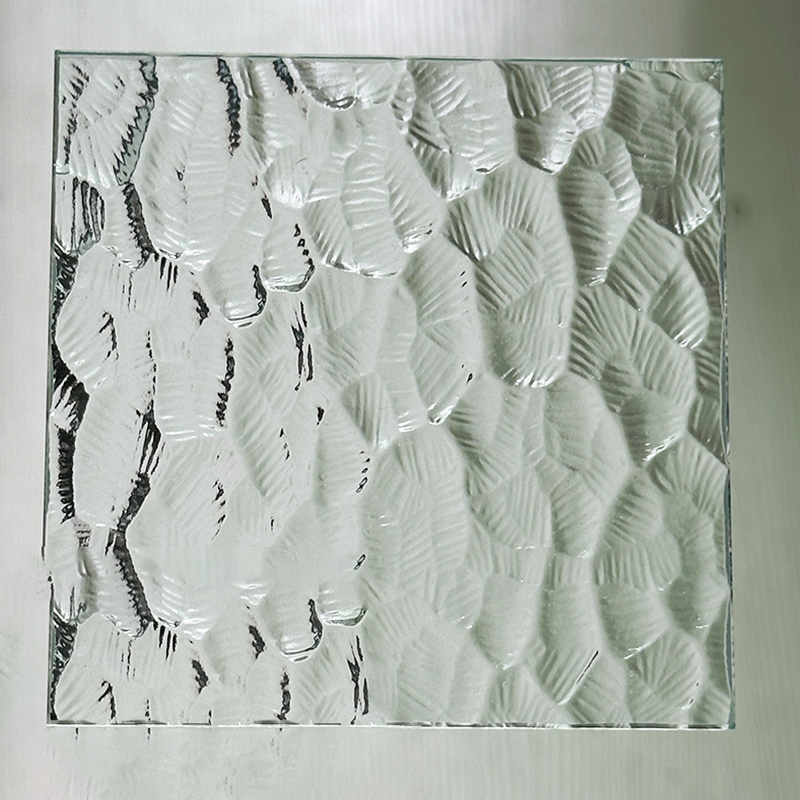
4. Flexible Cost-Effectiveness
Compared to high-end decorative materials like custom art glass or solid wood carved partitions, patterned glass offers a more cost-effective solution. It can achieve significant spatial enhancement effects at a relatively reasonable cost, exemplifying "achieving more with less."
3. Diverse Application Scenarios of Patterned Glass: Comprehensive Penetration from Homes to Commerce
The application of patterned glass has long surpassed traditional boundaries. Its diversity of scenarios demonstrates astonishing adaptability.
Scenario 1: The Finishing Touch in Home Spaces
Interior Doors: Bathroom doors, kitchen doors, and bedroom walk-in closet doors are the most common applications of patterned glass. Fluted glass doors have almost become a standard in modern minimalist homes, ensuring privacy while making small spaces appear light and bright.
Interior Partitions: Used to separate the entryway and living room, living room and study, bedroom and bathroom, etc. A partition with a water ripple or diamond pattern can instantly enhance the home's retro charm and artistic feel.
Cabinet Doors and Furniture: Applied to the doors of bookcases, sideboards, and wardrobes, it can conceal internal clutter, creating a sense of "concealed yet revealed" beauty. It can also be used as tabletops for coffee tables or desks, adding interest to furniture.
Windows: In street-facing rooms or bathrooms requiring privacy, using patterned glass instead of ordinary glass can introduce light while avoiding the awkwardness of a clear view inside.
Scenario 2: Atmosphere Creator in Commercial and Public Spaces
Commercial Stores: Cafes, restaurants, boutiques, beauty salons, and other commercial spaces extensively use patterned glass as partitions or decorative walls, utilizing its unique lighting effects to create a retro, artistic, or mysterious commercial atmosphere, enhancing brand recognition.
Office Spaces: In open-plan offices, using patterned glass to divide independent meeting rooms, manager's offices, etc., ensures a degree of privacy and sound insulation while maintaining spatial openness and natural light, avoiding a oppressive feeling and promoting team communication.
Hotels and Guesthouses: Patterned glass is widely used in wet/dry separation areas of hotel bathrooms, partitions between guest rooms and corridors, etc., enhancing the room's design sense and guest experience.
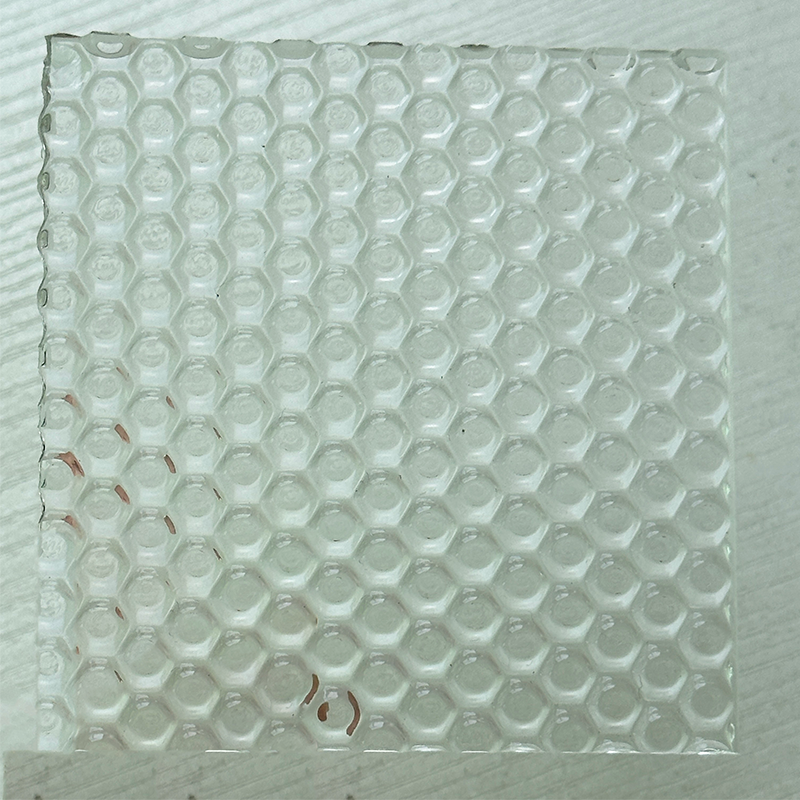
Scenario 3: Cross-border Integration of Art and Design
Patterned glass is no longer just a functional material; it has become a medium for artists and designers. By combining it with other materials (such as metal, wood) or using composite processes like laminating, coloring, and sandblasting, unique art installations, lamps, and decorative panels can be created.
4. Practical Guide to Selecting and Matching Patterned Glass
How to perfectly integrate patterned glass into your space? The following suggestions can be considered:
Choose Texture Based on Style:
Modern Minimalist/Nordic Style: Opt for textures with simple lines like fluted glass, grid patterns, or very fine frosted patterns.
Retro/French/Chinese Style: Classic patterns such as traditional flowers, water ripples, and diamond patterns can greatly enhance the stylistic characteristics.
Industrial Style: Choose textures with slight relief or a more raw texture.
Pay Attention to Glass Material and Process:
Ultra-Clear Glass Base: For designs pursuing ultimate beauty, it is highly recommended to use patterned glass with an ultra-clear glass base. Ordinary glass has a faint green tint, while ultra-clear glass is pure and transparent, offering a more premium visual effect under light, especially when paired with metal frames.
Tempering Treatment: For use in doors, partitions, and other locations, be sure to choose patterned glass that has undergone tempering treatment to ensure safety.
Frame Matching is Key:
Ultra-Thin Black Frame: The perfect match for modern style, maximizing the lightness and transparency of the glass.
Brass/Gold Thin Frame: Can instantly elevate the space's sense of luxury and retro charm.
Wooden Frame: Suitable for Japanese, rustic, or country styles, creating a warm and natural feel.
Create Layers by Combining Uses:
Patterned glass can be combined with transparent glass, mirrors, and other materials. For example, using fluted glass for the upper part of a partition and a solid wall or wood veneer for the lower part can both protect privacy and add design variation.
5. Future Prospects: The Infinite Possibilities of Patterned Glass
With advancements in manufacturing technology and the continuous evolution of design concepts, the future of patterned glass is full of imagination. We can expect to see:
Customized Textures: Utilizing digital technology to achieve personalized pattern customization, making patterned glass a truly unique decorative element.
Smart Integration: Combining patterned glass with smart glass (PDLC) technology, enabling one-touch switching between transparent and frosted states, further expanding its functional boundaries.
Sustainability: As a recyclable material, patterned glass will continue to play an important role in green building and sustainable development design.
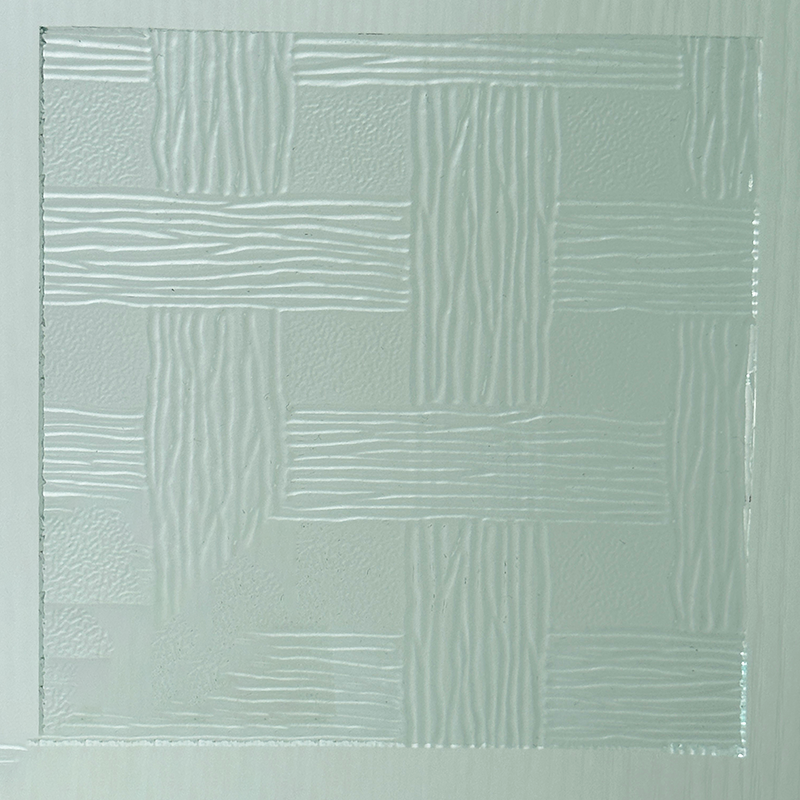
Conclusion
The return of patterned glass is a victory of aesthetics, function, and emotion. It reminds us that excellent materials are not eliminated by time but are revitalized in new contexts. It is no longer an "old object" but a magician connecting the past and the future, carrying light and shadow, and shaping space. In today's era of craving personal expression and quality of life, this hazy and elegant presence is increasingly appearing around us, quietly narrating the modern poetry of light and shadow.


